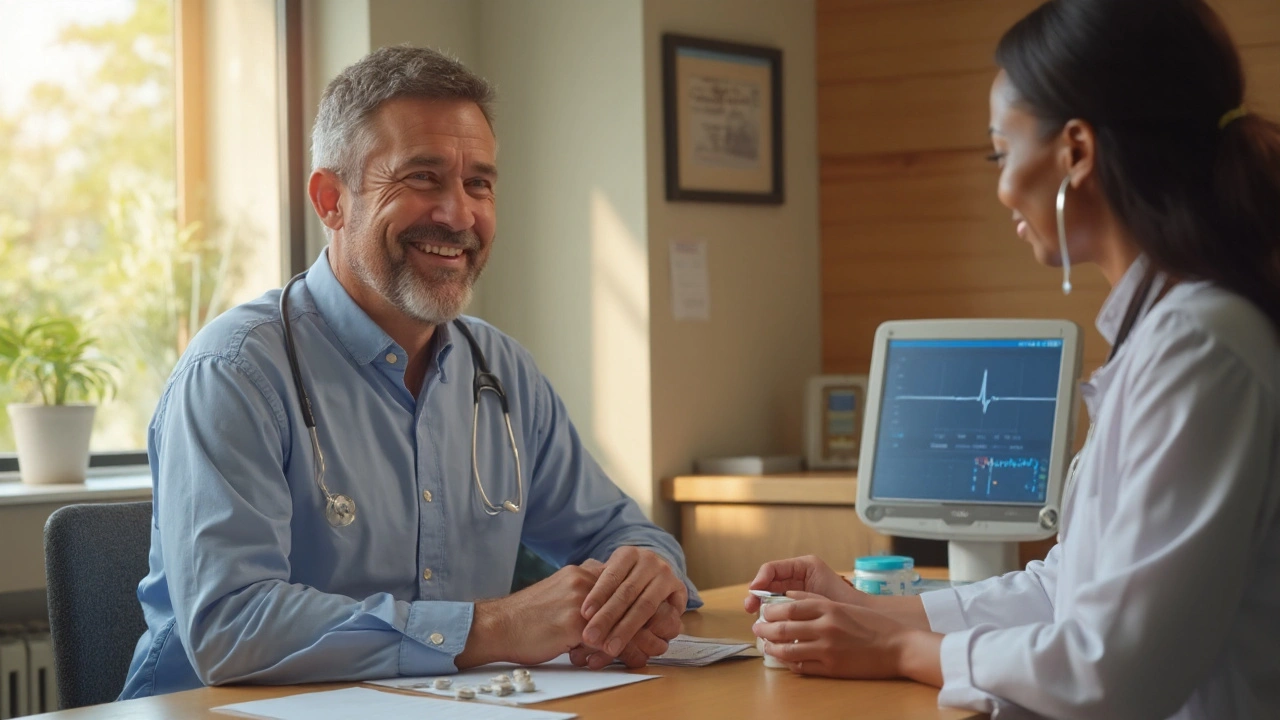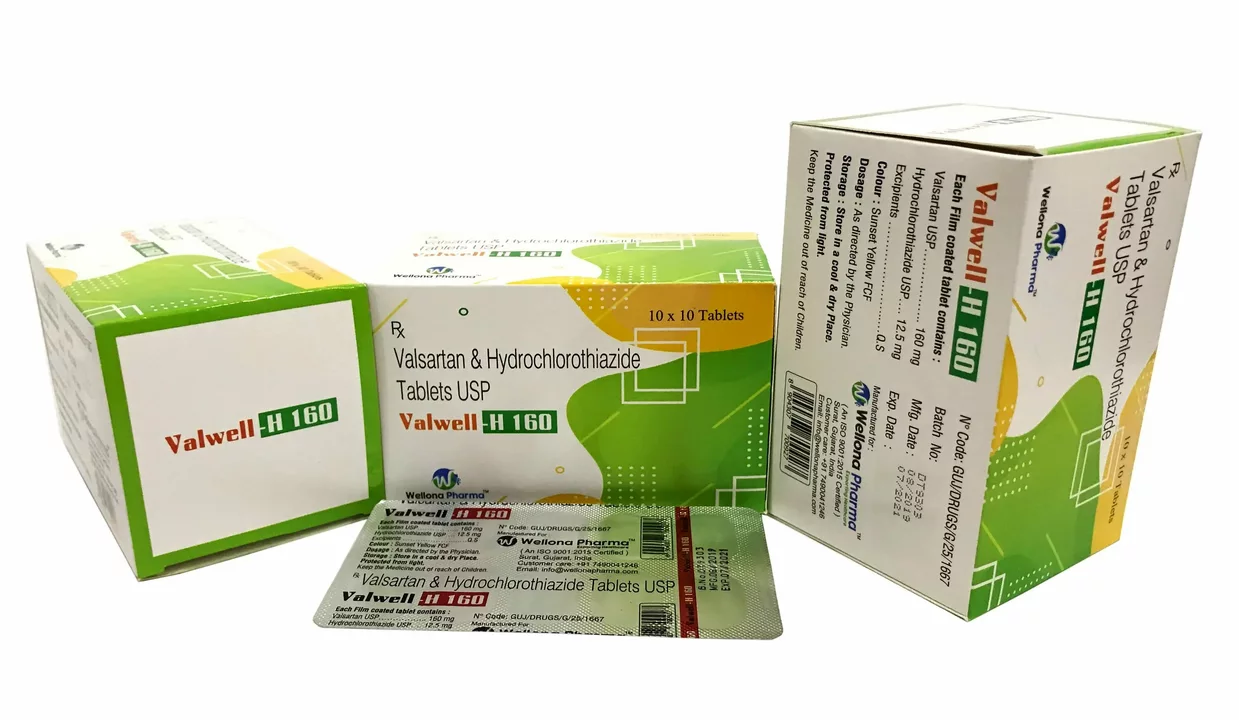Dosage: How to Take Medications and Supplements the Right Way
Getting the dose right matters. Too little can be useless. Too much can be dangerous. This page pulls together easy, practical tips so you can take meds and supplements with more confidence.
Quick, useful dosing rules
Read the label every time. Labels tell you the strength (mg, mcg, IU) and the frequency (once daily, twice daily). If the label says “take with food,” that usually means it helps absorption or reduces stomach upset. Never crush or split pills labeled “extended-release” or “ER” — changing them can release too much drug at once.
Measure liquids properly. Use the syringe or dosing cup that comes with the medicine. Kitchen teaspoons vary a lot — 1 tsp is not a reliable measure. For children's meds, dose by weight when possible (mg per kg) rather than age. If you don’t have a weight-based dose, ask your pharmacist for the right amount.
Be consistent with timing. If a med says “every 8 hours,” stick close to that schedule. For once-daily pills, try the same time each day so you don’t miss doses. If you miss one and it’s almost time for the next, skip the missed dose — don’t double up unless your doctor tells you to.
When doses change and what affects them
Many things change how much medicine you need: age, kidney or liver function, other drugs, and even food. For example, some statins interact with grapefruit juice and can increase blood levels — switching to a grapefruit-friendly statin could be advised. Antibiotics, heart meds, and seizure drugs often need careful dose checks. Tell your provider about all prescriptions, over-the-counter meds, and supplements you take.
Weight-based dosing matters for kids and some adults. Also, older adults often need lower doses because their bodies clear drugs more slowly. If you have kidney or liver disease, providers usually lower doses or extend the time between doses. Ask for clear instructions when you pick up a new prescription.
Supplements aren’t harmless just because they’re sold without a prescription. Vitamins and herbal extracts can interact with prescriptions. Follow recommended amounts on the label and check with a pharmacist if you take blood thinners, blood pressure meds, or diabetes drugs.
Buying meds online? Use only trusted pharmacies and keep the prescription requirement in mind. Fake or mislabeled pills often have wrong doses or dangerous fillers. If a site sells prescription drugs without a prescription, that’s a red flag.
When in doubt, call. If a dose causes severe side effects, you can’t stop safely, or you’re not sure how to measure a liquid or split a tablet, contact a pharmacist or your doctor. Small questions now can prevent big problems later.
Follow these simple steps and you’ll reduce mistakes: read the label, measure accurately, keep a consistent schedule, watch for interactions, and ask for help when needed.


